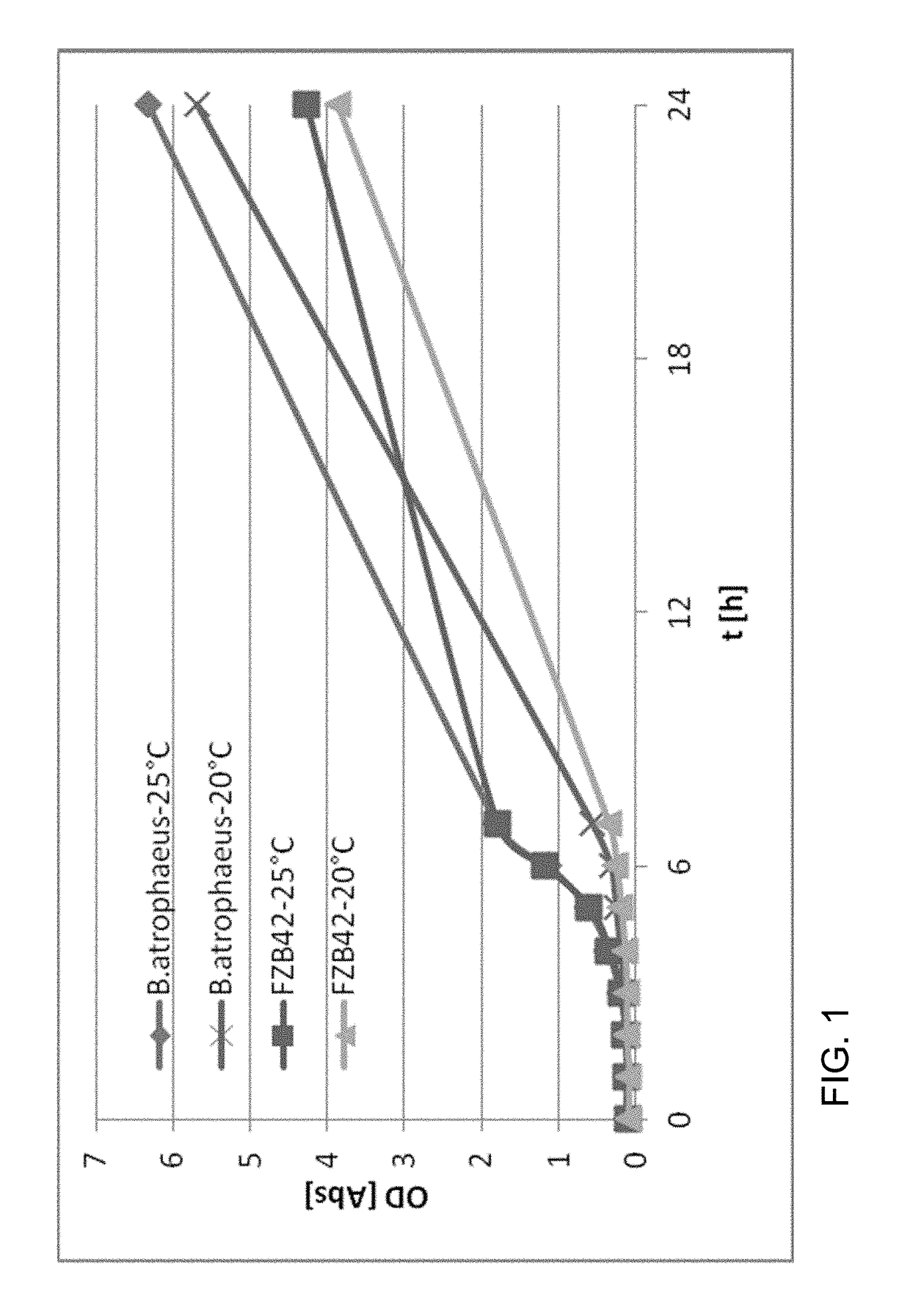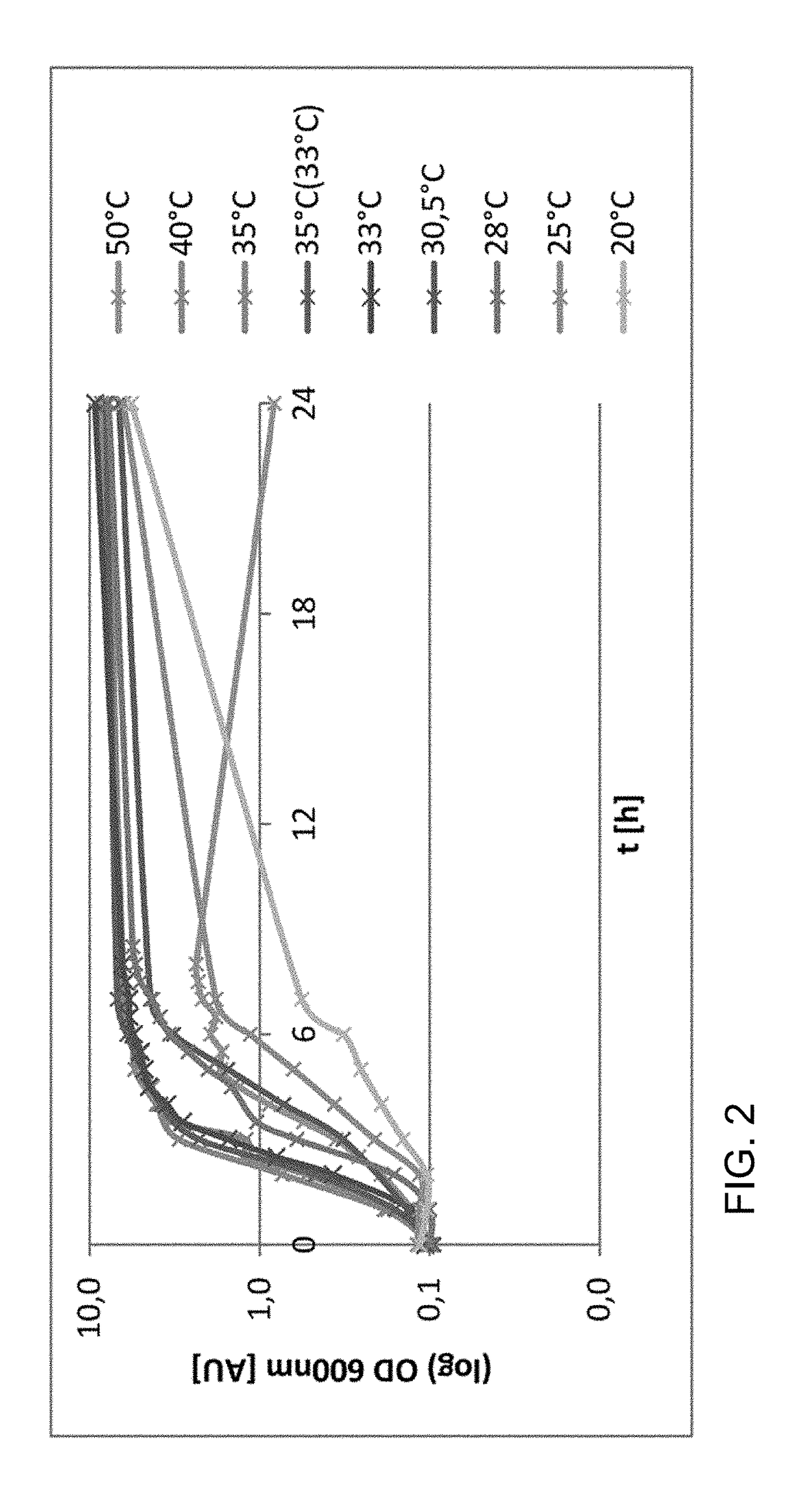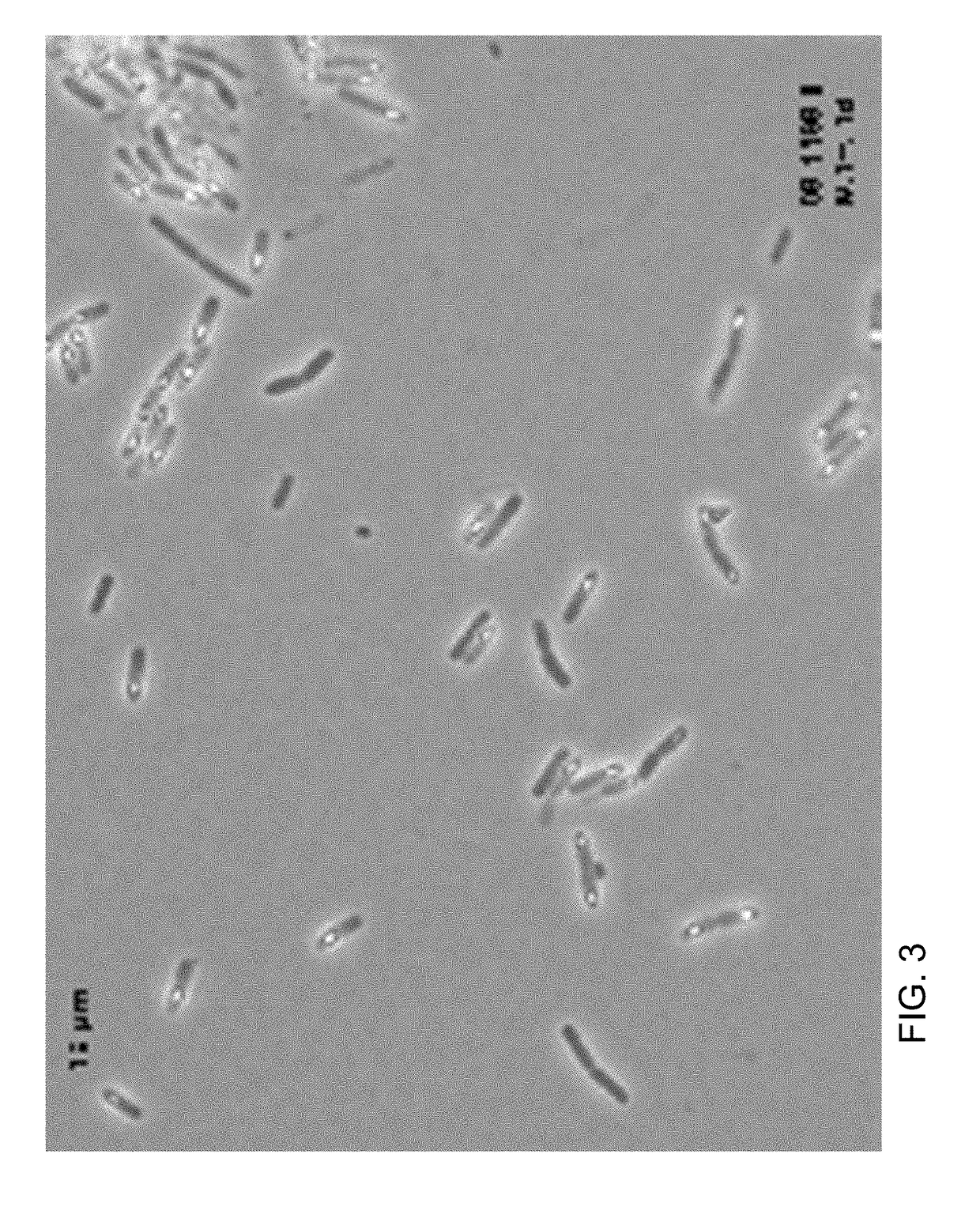Selection and use of cold-tolerant bacillus strains as biological phytostimulators
a technology of cold-tolerant bacillus and phytostimulators, which is applied in the field of selection and use of cold-tolerant bacillus strains as biological phytostimulators, can solve the problems of lack of information regarding i>bacillus /i> strains
- Summary
- Abstract
- Description
- Claims
- Application Information
AI Technical Summary
Benefits of technology
Problems solved by technology
Method used
Image
Examples
example 1
of Potential Cold-Tolerant Bacteria
[0012]Cold-tolerant bacillus strains were isolated e.g. from the uplands of the Autonomous Province of Tibet and the Alpine foothills, height 1,400 m. The Tibetan mountainous region lies at an average altitude of 4,000 m and has an annual average temperature of 10° C. Typical for this region are the large differences in temperature between day and night. The samples were either removed directly from plant roots or from the adhered earth:
[0013]2.5 g sample material were re-suspended in 25 g of distilled water for 2 h under continuous shaking. To kill vegetative cells, the suspension was then incubated for an hour at 80° C. 10 ml of the suspension were added to 40 ml of a mineral-salt medium and incubated for one week at 20° C. until under microscopic monitoring, rod-shaped cells emerged. Then, the suspension was diluted to 10−1 to 10−5 and plated on minimal agar. The plates were incubated at 20° C. and the colonies formed were separated on nutrient ...
example 2
aracteristic of Cold-Tolerant Bacteria
[0016]The growth attempts were conducted in LB medium at different temperatures. Table 2 provides an overview of the growth behaviour of the cold-tolerant strains. The upper growth limit of B. simplex ABI02S1 and ABI12, and B. atrophaeus ABI02A1 ABI03 and ABI05 was 45° C., while B. pumilus ABI02P1 also grows at 50° C. B. atrophaeus and the mesophile B. amyloliquefaciens subsp. plantarum FZB42 were cultivated at 20° C. and 25°. At these temperatures, the cold-tolerant B. atrophaeus strain had a faster growth rate than FZB42 (FIG. 1).
[0017]B. atrophaeus ABI02A1 was cultivated at different temperatures between 20° and 50° C. (FIG. 1). The growth optimum was determined at 33-35° C. At 30° C., a slight deceleration of growth speed was registered. Below 30° C., this effect was reinforced (25° C. and 20° C.). At 40° C., growth was significantly delayed. At 50° C., a lysis of the cells was also observed (FIG. 2). The results confirm that in the case of ...
example 6
of Germination of Maize Seeds Through Cold-Tolerant Bacillae
[0034]10 ml of a bacillus spore suspension were mixed with 30 ml 1% carboxymethyl celluluse (CMC), which served as an adhesive for improved adhesion of the spores to the maize surface. The final concentration of the bacillus spores in the suspension was 1×107, 1×106, 1×105, 1×104 cfu / ml. The maize seeds were surface-disinfected with 75% ethanol, 5% NaClO for 5 mins., before they were treated with the different dilutions of the bacillus spore suspension for 5 mins. In each case, 3×10 seeds of a spore concentration were laid out in a petri dish with damp filter paper. The germination rate was determined after a week of dark incubation at 30° C. As a control, maize grains were used which had been treated with a sterile nutrient medium+CMC.
[0035]A clear increase in germination speed was determined with the application of B. simplex and B. atrophaeus (FIG. 4).
Example 7: Growth Experiments with Arabidopsis thaliana
[0036]The root...
PUM
 Login to View More
Login to View More Abstract
Description
Claims
Application Information
 Login to View More
Login to View More - R&D
- Intellectual Property
- Life Sciences
- Materials
- Tech Scout
- Unparalleled Data Quality
- Higher Quality Content
- 60% Fewer Hallucinations
Browse by: Latest US Patents, China's latest patents, Technical Efficacy Thesaurus, Application Domain, Technology Topic, Popular Technical Reports.
© 2025 PatSnap. All rights reserved.Legal|Privacy policy|Modern Slavery Act Transparency Statement|Sitemap|About US| Contact US: help@patsnap.com



